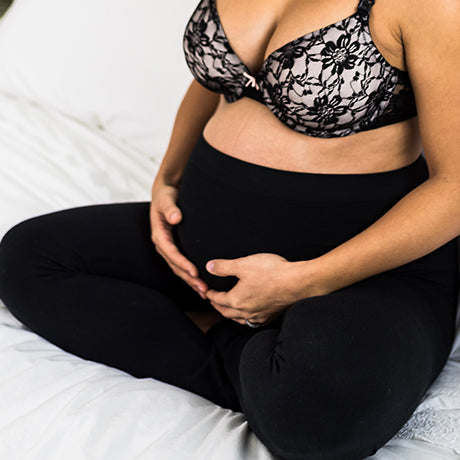Birthing, Breastfeeding and Your Baby’s Gut – Part 2
We’re back for Part 2 of our exploration of birthing, breastfeeding and your baby’s gut. As we discussed earlier this week, the body contains trillions of bacteria that make up the microbiome. While some of the microbiota can be harmful, the majority actually protects baby from pathogens as part of his emerging immune defenses. Babies have nearly no flora upon birth but can be immediately protected during vaginal delivery by being colonized in their mother’s bacteria. The next step to developing a strong microbiome (and therefore gut and immune system) is breastfeeding.
For the first months of a baby’s life his small intestines is considered “open” because there are wide spaces between cells that can allow molecules to pass through. When these molecules are the amazing nutrients of breast milk, that’s a good thing. But when pathogens are able to permeate through the intestines into the bloodstream, that’s not good at all.
 The very first breast milk a new mom expresses is colostrum. This thick, grainy substance coats the gut and provides necessary antibodies to combat foreign substances that may be introduced into the body through the cell openings in the intestines. This is incredibly beneficial during the early stage of a baby’s little-to-no self-sufficient immune system.
The very first breast milk a new mom expresses is colostrum. This thick, grainy substance coats the gut and provides necessary antibodies to combat foreign substances that may be introduced into the body through the cell openings in the intestines. This is incredibly beneficial during the early stage of a baby’s little-to-no self-sufficient immune system.
Furthermore, breastfeeding creates a better baseline for the creation of a healthy microbiome throughout a baby’s lifetime. Breast milk causes a lower gut pH and therefore more acidity, which is ideal for reducing risk of serious diseases not only in the short term when the immune system is “virgin,” but also for the long-term health of the child. The substances that lower pH helps prevent harmful bacteria from growing, and another element in breast milk creates short chain fatty acids that promote good bacterial growth. Recent studies regarding the microbiome suggests that diseases and conditions such as obesity, diabetes, allergies and chronic GI issues are linked to a strong microbiome, possibly beginning from birth. It also may be connected to heart disease and other inflammatory conditions.
Up until age three, the gut continues to diversify and accumulate a range of healthy flora. Diet significantly contributes to the microbiome. Breastfeeding is the perfect first food because it introduces vital lactic acid to the gut. The makeup of the gut begins to change as babies start to eat solids; however breastfeeding as long as possible and wholesome diet from the get-go can continue to help babies cultivate strong disease-fighting, immune-boosting microbiota.
Vaginal births and breastfeeding are two of the most natural ways to populate your baby’s microbiome with healthy flora that will strengthen his immune system for a lifetime.
Sources: Healthline, The Alpha Parent, Medical News Today and Health-E-Learning
The post Birthing, Breastfeeding and Your Baby’s Gut – Part 2 appeared first on Leading Lady.





